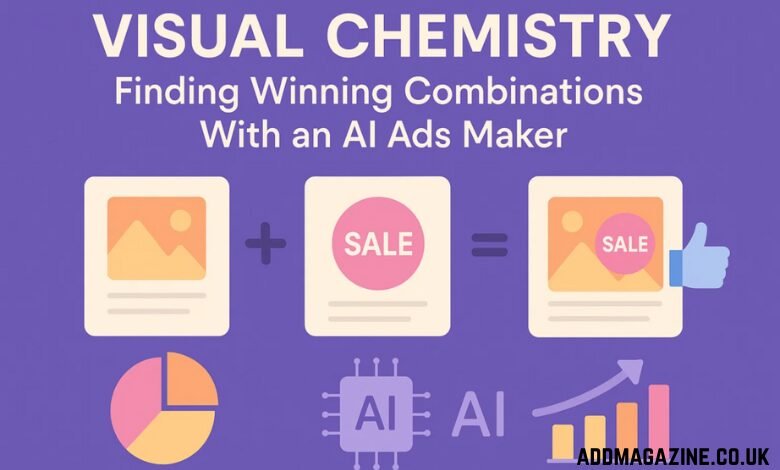Artificial intelligence in the world of face swapping has gone from “hey, that’s kinda funny” to “wait…is that even real?” in what feels like the blink of an eye. The tech that used to power silly social media filters is now packing enough punch to make videos where you honestly can’t tell if someone’s face is swapped or not—even when the tools are totally free. It’s wild. Free apps can churn out videos that seem so realistic, it almost feels like we’re living in a sci-fi movie. But, is it really that easy to fool people—or even those high-tech facial recognition systems—with these AI-generated clips? Let’s break it down.
How Realistic Can a Free Face Swap Video Be?
The bar for what counts as “realistic” in a free face swap video? It’s gotten way higher, fast. These days, apps like Magic Hour, Reface, and Zao use AI that’s pretty next-level. They’re not just slapping a face onto another person’s head—they’re analyzing where your eyes, nose, and mouth are, tracking every smirk and eyebrow raise, matching skin tones, even figuring out how the light should hit your face. All of this comes together for a swap that’s shockingly smooth when you’re just scrolling by on your phone. On a tiny screen, or in a short TikTok clip, you’d probably believe it was the real deal unless you were really looking for flaws.
People trust what they see on video—way more than they should. The average viewer, especially when distracted or not expecting trickery, will probably just glance and move on. These free tools are making it way too easy to fool a casual audience, which, depending on how you look at it, is either super cool or mildly terrifying.
Can These Videos Fool Trained Eyes?
Now, throw one of these fake videos in front of someone who edits video for a living or is used to spotting fakes, and it’s a different story. Pros are sharp—they’ll spot things like weird shadows, skin that doesn’t quite match, or maybe even facial movements that are just a little bit off. Sometimes the mouth moves a split second behind the words, or the eyes don’t follow the lighting right. Even with all the fancy AI, those little mistakes still pop up. But, if you’re using decent source footage and the swap is done well, even the experts have to squint sometimes. The gap between amateur and pro-level results is shrinking, fast.
This is where things get a little nerve-wracking. Face swap videos that used to look like obvious jokes can now pass as “real” in many situations. Think about the implications for news, politics, or even in courtrooms—suddenly, the line between reality and fiction is way blurrier. It makes you wonder how we’re supposed to trust anything on video anymore.
What About Facial Recognition Technology?
So, what happens when you throw these AI swaps at facial recognition tech? We’re talking about the stuff that powers airport security, police databases, or even just unlocking your phone. These systems are built to pick up on the unique stuff in your face—like the distance between your eyes, the shape of your jaw, all the tiny details that make you, well, you. In theory, a fake face shouldn’t stand a chance.
But here’s the twist. Some free face swap apps are getting so sophisticated, they can mess up the data just enough to fool basic facial recognition. Systems that rely on simple 2D image matching? They can get confused if the AI has done a good enough job blending faces. That’s a little unsettling, because it means that even “serious” tech can sometimes be tricked by a free app someone downloaded out of boredom.
On the other hand, the fancy 3D recognition systems—the ones that scan your face’s depth, texture, or even heat signature—are still a lot tougher to fool. Free face swap videos just can’t recreate that level of detail. Sure, they might look totally real to your friends, but those high-end scanners want more than just a pretty picture. They’re hunting for the stuff you can’t fake with software—at least for now.
Implications of AI Face Swapping on Security and Trust
Here’s where things get sticky. As these free tools get better, the risk of them being used for shady stuff goes way up. Imagine someone making a face swap video of you doing something you never did, or putting words in your mouth. That’s not just embarrassing; it could get you fired, mess up relationships, or even land you in legal trouble. The potential for impersonation, fraud, and plain old misinformation is massive.
Most folks are just using these apps for laughs, like making goofy memes or parodies, but it doesn’t take much for someone to weaponize the tech. Think about online harassment, deepfake revenge, or fake news clips that go viral before anyone realizes they’re fake. Platforms are scrambling to keep up, building deepfake detectors and warning labels, but it’s kind of an arms race at this point.
What Should Users Keep in Mind?
If you’re just playing around with face swap apps, cool—have your fun. Just remember, these videos don’t always stay in your group chat. Once they’re out there, you don’t control where they end up or who sees them. The more realistic these fakes get, the more careful you need to be about using them responsibly.
Creators really should be upfront when something’s been altered, especially if it involves someone else, public figures, or sensitive stuff. Viewers shouldn’t just assume every viral clip is 100% legit, either. If you see something wild online, maybe pause and think, “Okay, is this for real, or is someone messing with AI again?” That little bit of skepticism can save you a lot of embarrassment—or worse.
Conclusion: Realistic, But Not Undetectable
So, wrapping it all up: free face swap videos in 2025 can absolutely fool a ton of people, especially if you’re just glancing at a quick clip or watching on your phone. High-end facial recognition systems are still holding their ground, but the tech’s improving at a scary pace. As these tools keep getting better—and they will—the responsibility to use them ethically and the need to double-check what you see online is only going to get bigger. Don’t take every video at face value these days. Trust, but verify—or better yet, just trust your own judgment and maybe a healthy dose of skepticism.



